What Is Pecan Scab – Learn How To Treat Pecan Scab Disease
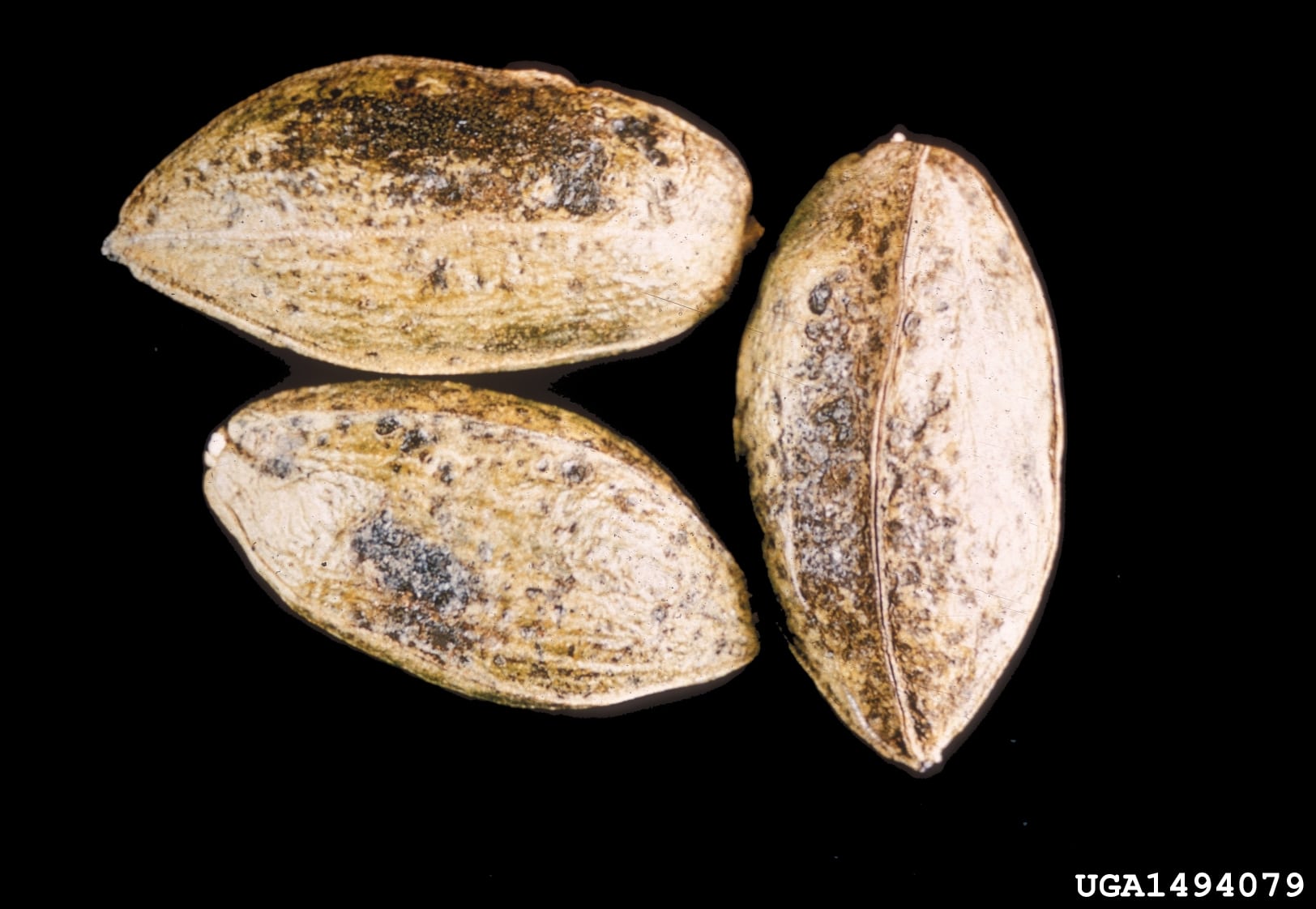

Pecan scab disease is an extremely destructive disease affecting pecan trees. Severe scab can reduce pecan nut size and result in a total crop loss. What is pecan scab? For information on pecan scab disease and tips on preventing pecan scab in your orchard, read on.
What is Pecan Scab?
Pecan scab disease is caused by the fungus Fusicladium effusum. It is a disease that destroys pecan crops, especially in the southeastern United States. Scab is most severe during times of above-average rainfall. The pecan scab fungus causes its first damage in the spring, when it attacks new, young leaves. As summer arrives, the fungus moves into the nut shucks. Left to its own devices, pecan scab can kill all of the leaves on a nut tree. But that’s not all the pecan scab symptoms. As the fungus progresses, the pecan scab disease reduces the size and fill of the pecan nuts, and can even result in complete nut loss. It is possible, in rainy years, for a grower to lose an entire crop to pecan scab disease. It is quite easy for a home grower to lose to the fungus the nut crop from a handful of pecan trees.
Preventing Pecan Scab
Are you wondering how to go about preventing pecan scab in your trees? It’s easier than figuring out how to treat pecan scab. Big commercial growers spray fungicides repeatedly on their pecan trees in an attempt to reduce pecan scab symptoms. However, the best bets for home growers are to select resistant cultivars and to use good cultural practices. The cultural practices that can help in preventing pecan scab all involve ways of getting air moving around the trees to keep them dry. For example, pruning and thinning the trees encourage air and sunshine to enter the canopy, helping to dry the branches. In addition, clearing vegetation in the areas around the pecan trees also allows for faster drying. Mowing grass under the pecans does the same. If you are wondering how to treat pecan scab, the only effective means is spraying fungicides. However, pecan trees are generally too tall to allow homeowners to spray them easily., and they must be sprayed multiple times in order to combat the disease. These measures are not practical for home growers with a few trees. The cost of repeated spraying would be prohibitive. Attempting to prevent the disease is by far the better option.
Gardening tips, videos, info and more delivered right to your inbox!
Sign up for the Gardening Know How newsletter today and receive a free copy of our e-book "How to Grow Delicious Tomatoes".

Teo Spengler is a master gardener and a docent at the San Francisco Botanical Garden, where she hosts public tours. She has studied horticulture and written about nature, trees, plants, and gardening for more than two decades. Her extended family includes some 30 houseplants and hundreds of outdoor plants, including 250 trees, which are her main passion. Spengler currently splits her life between San Francisco and the French Basque Country, though she was raised in Alaska, giving her experience of gardening in a range of climates.
-
 12 Lush Alternatives To A Lawn For Sustainable Spaces
12 Lush Alternatives To A Lawn For Sustainable SpacesAlternatives to a lawn are beautiful and also beneficial to your local ecosystem and its pollinators. Explore our top picks for plants to replace grass.
By Tonya Barnett
-
 Types Of Tomatoes Explained: Explore The Many Wonderful Shapes, Colors, Flavors, & Best Uses
Types Of Tomatoes Explained: Explore The Many Wonderful Shapes, Colors, Flavors, & Best UsesThe world of tomato varieties is vast and fascinating. Learn about the key types to grow in your garden, tailored to your preferences and space.
By Amy Grant
-
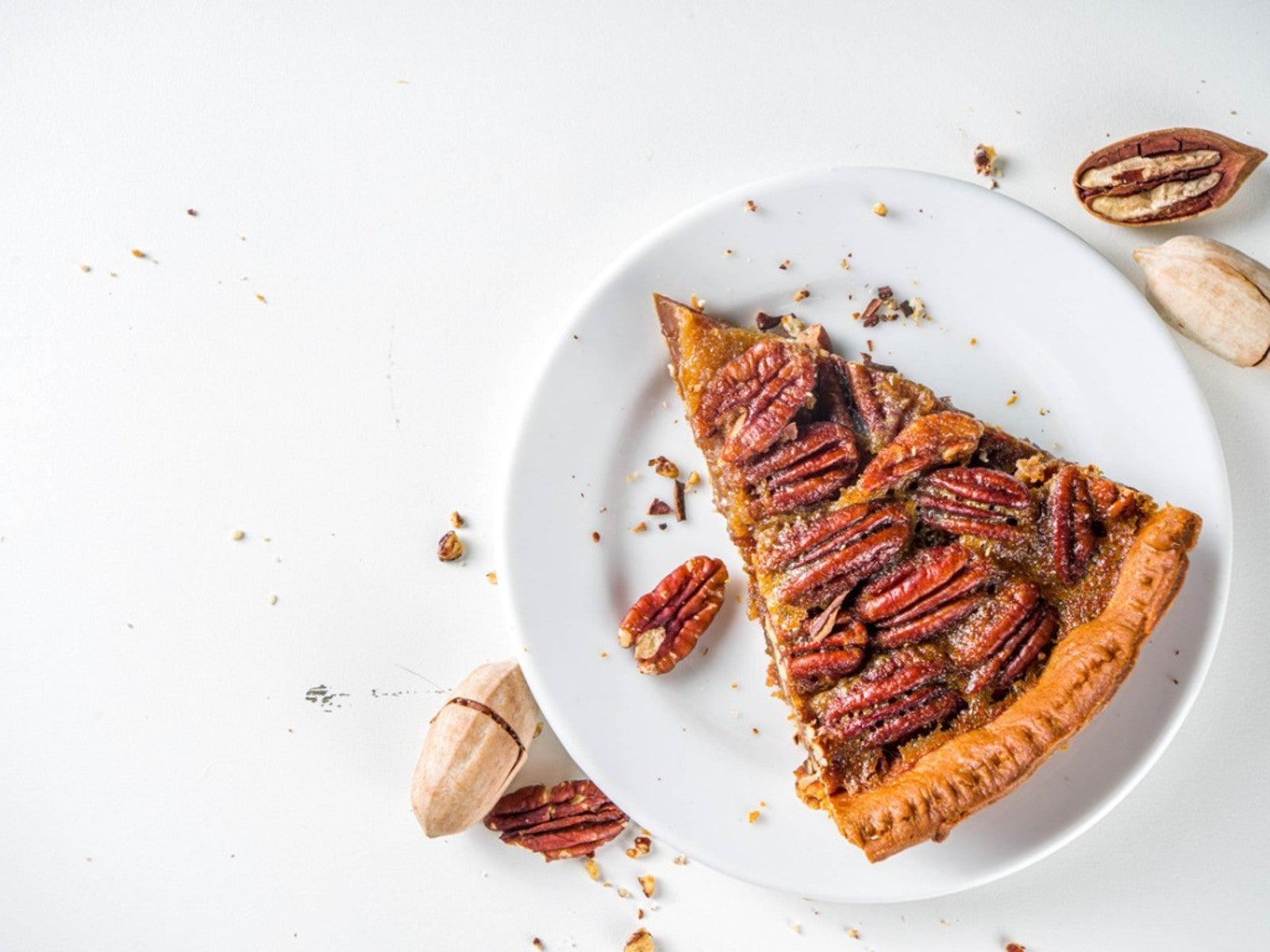 From Harvest To Table: How To Make The Perfect Pecan Pie
From Harvest To Table: How To Make The Perfect Pecan PieFall is pecan harvest time, which means it’s also time for the perfect pecan pie recipe. Read on for more.
By Amy Grant
-
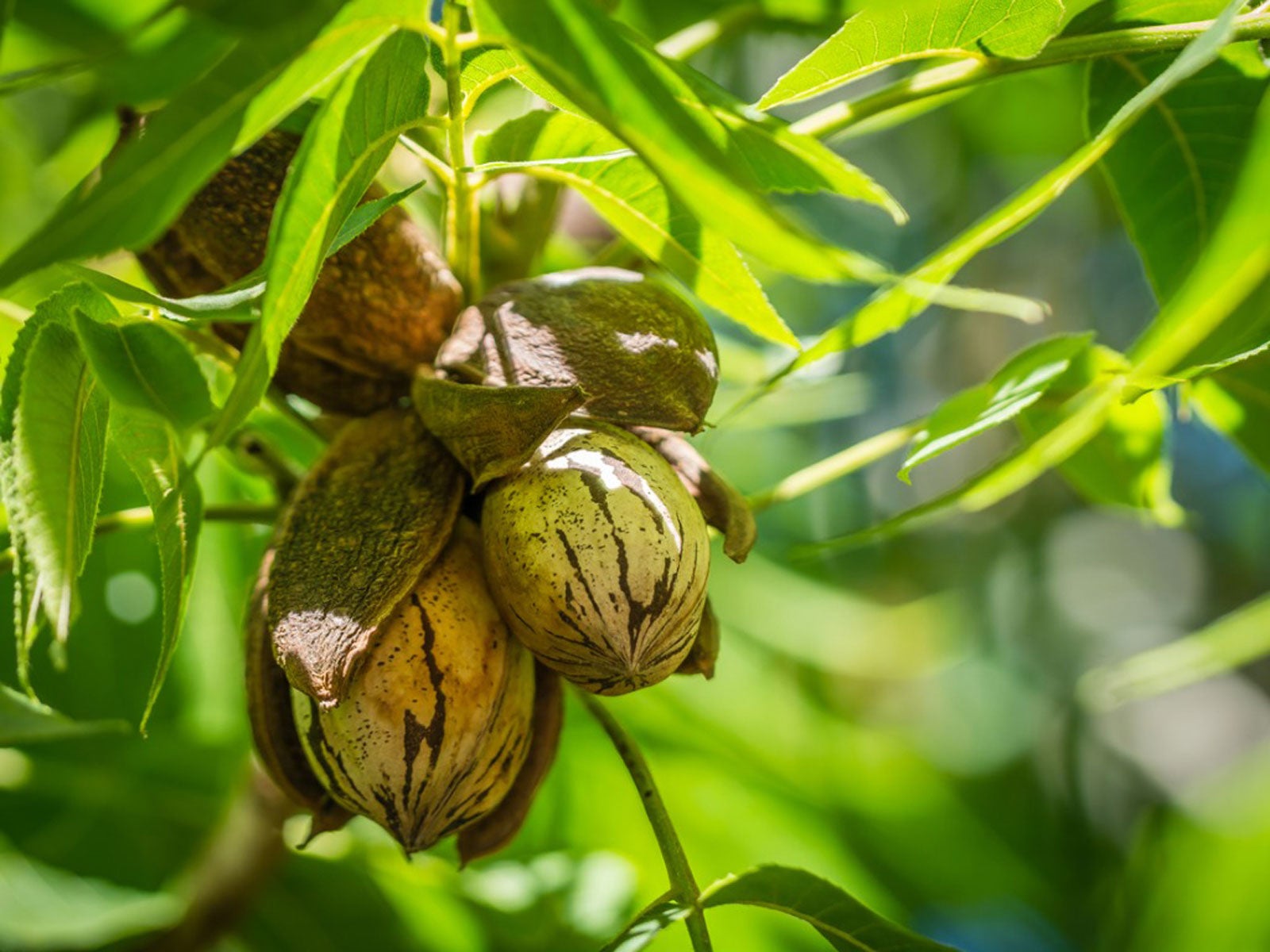 Root Pecan Cuttings – Can You Grow Pecans From Cuttings
Root Pecan Cuttings – Can You Grow Pecans From CuttingsPecans are delicious, so much so that if you have a mature tree, your neighbors are likely envious. You may want to root pecan cuttings in order to grow a few trees for gifting. Will pecans grow from cuttings though? Click here for info on pecan cutting propagation.
By Teo Spengler
-
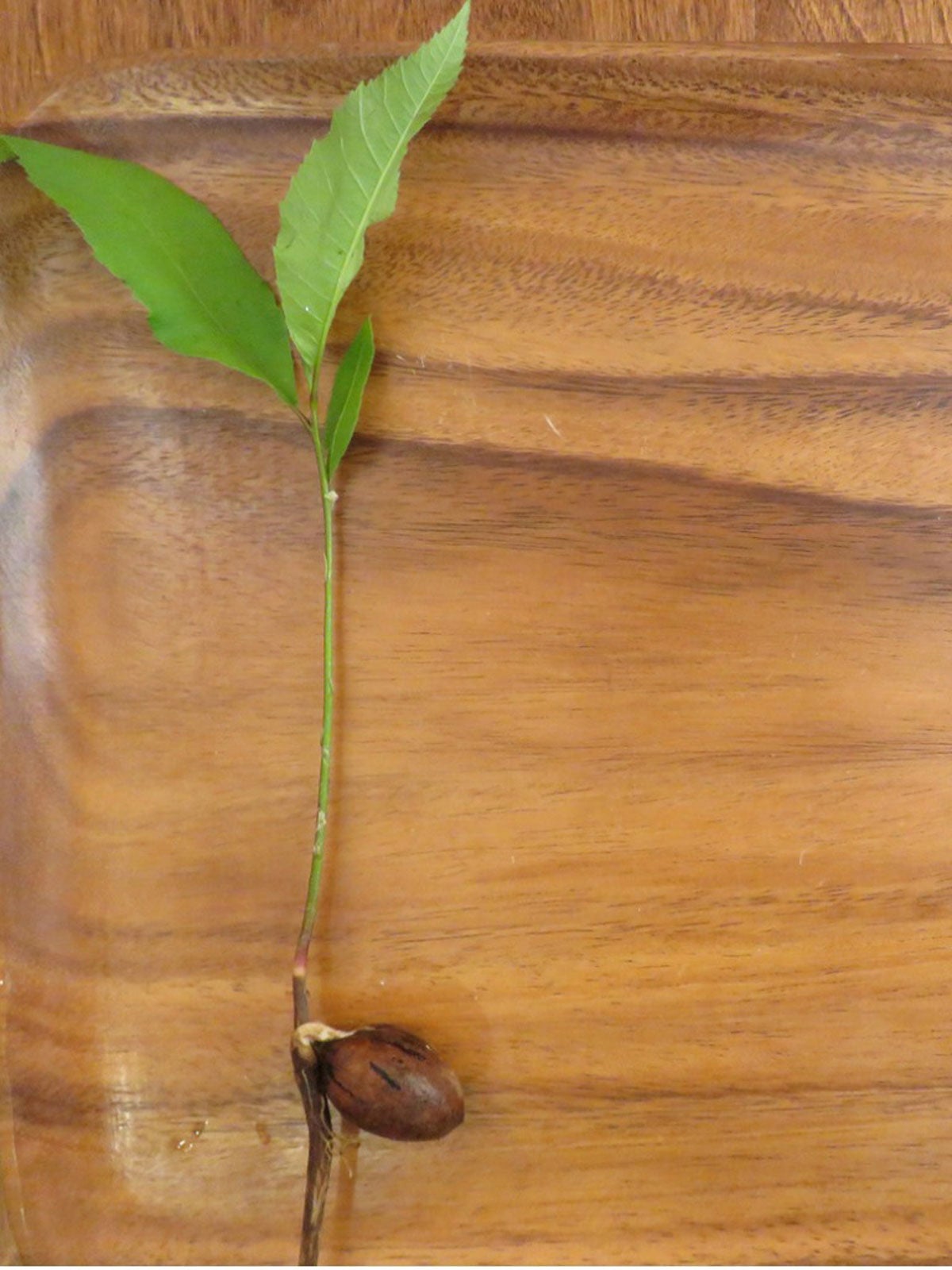 How To Plant Pecans: Learn About Sowing Pecan Seeds
How To Plant Pecans: Learn About Sowing Pecan SeedsGrowing pecans from seed is not as simple as it sounds. Sowing pecan seeds is only one step in a complex process of growing a nut producing tree. Can you plant a pecan seed? Click here to find out and get tips on how to plant pecans and pecan seed germination.
By Teo Spengler
-
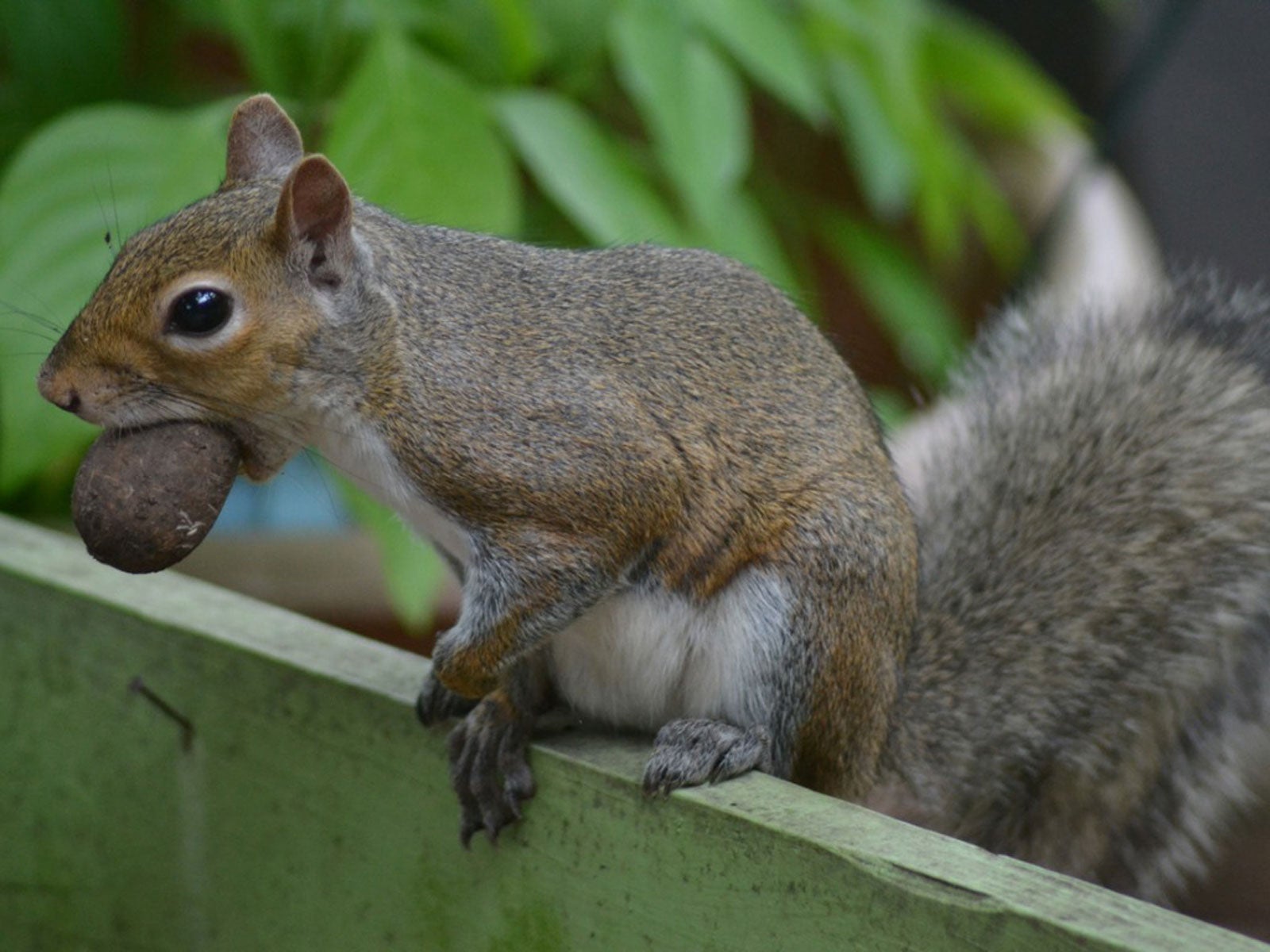 Help, Pecans Are Gone: What’s Eating My Pecans Off The Tree
Help, Pecans Are Gone: What’s Eating My Pecans Off The TreeIt’s definitely unpleasant to walk outside to admire your pecan tree and find half your nuts are gone! You may begin to wonder what could be eating your pecans. Click this article for ideas on different pests that eat pecans so you can save more of the tasty nuts for yourself.
By Teo Spengler
-
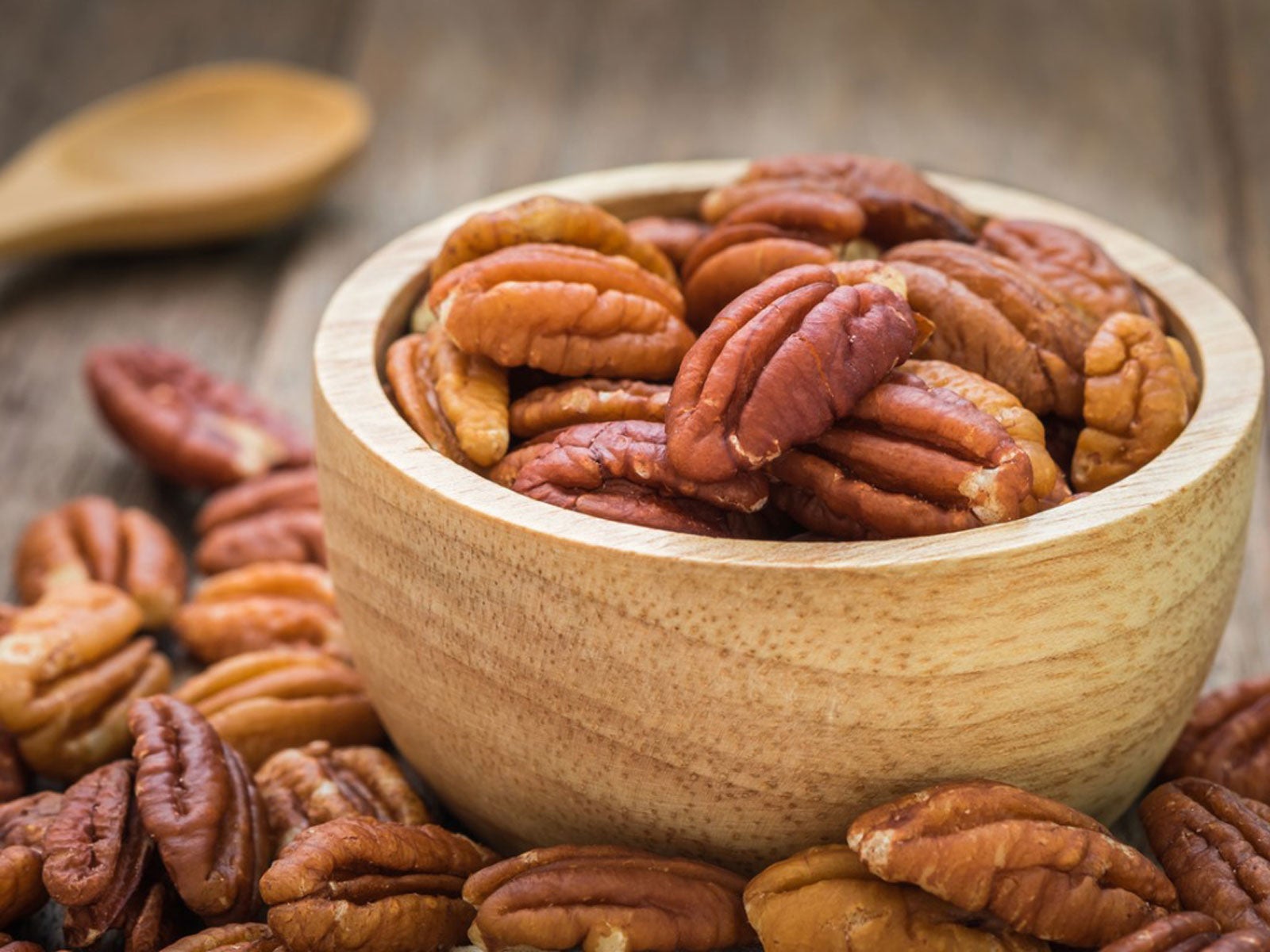 Using Pecans In The Kitchen: What To Do With Pecans
Using Pecans In The Kitchen: What To Do With PecansWith such a large quantity of nut production, one might wonder what to do with pecans. Cooking with pecans is the most common of uses, but there are other ways of using pecans. If you are lucky enough to have access to a pecan tree, learn how to use pecans here.
By Amy Grant
-
 Pecan Bacterial Leaf Scorch: Treating Bacterial Leaf Scorch Of Pecans
Pecan Bacterial Leaf Scorch: Treating Bacterial Leaf Scorch Of PecansWhile pecan bacterial leaf scorch (PBLS) does not kill pecan trees, it can result in significant losses. The following article discusses the symptoms and treatment for a pecan tree with bacterial leaf scorch. Click here for more information.
By Amy Grant
-
Pecan Downy Spot Control – How To Treat Downy Spot Of Pecans
Downy spot of pecans is a fungal disease affects the overall vigor of the tree, thus pecan downy spot control is integral to its health. The following article contains information on pecan downy spot symptoms and tips for treating a pecan tree with downy spot.
By Amy Grant
-
Pecan Vein Spot Control – Learn About Pecan Vein Spot Disease
Pecan vein spot disease is caused by the fungus Gnomonia nerviseda. The disease does not appear on shoots or nuts, only foliage and only in pecan trees. The good news is that the disease is infrequent, causes little crop loss and can be prevented. This article will help.
By Bonnie L. Grant